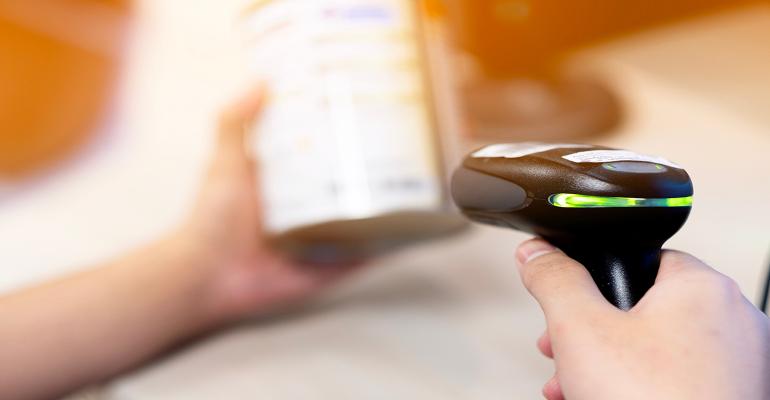In 2020, COVID-19 made it clear that having the right healthcare assets was critical to saving lives. As hospitals face severe shortages of ventilators, personal protective equipment (PPE), ICU beds and even healthcare staff, administrators have struggled to maximise resources and optimise clinician workflows.
Fortunately, optimising asset utilisation and workflows has never been easier, thanks to technology innovations that allow hospitals to better manage assets and inventory, maximise clinician efficiency and optimise room turnover times. Today, hospitals use a combination of barcodes, radio frequency identification (RFID) and real-time location systems (RTLS) to boost staff productivity, reduce costs and improve patient care.
Making the most of healthcare regulations
Hospitals must manage a wide array of assets, ranging from wheelchairs to portable ultrasound equipment. Even before the pandemic, hospitals had difficulty ensuring they had enough available equipment. In fact, not having full visibility into healthcare assets leads to inventory waste that costs the U.S. healthcare system upwards of US$765 billion per year.
Hospitals can take the first step toward improving inventory management and reducing waste by taking full advantage of the unique device identification (UDI) barcode labels that the Federal Drug Administration (FDA) requires on medical packages and devices. Specifically, these barcode labels can be used to improve inventory management and reduce costs. UDI barcodes contain information that helps hospitals accurately manage inventory levels, automatically check expiration dates, comply with device or medication recalls and improve patient care.
The right barcode scanner can capture all the data contained in each UDI label with a single scan and appropriately parse the data into the respective hospital platforms. Armed with this information, hospitals know precisely how much inventory they have, which reduces over/under ordering. Scanning the UDI barcode allows healthcare workers to automatically flag medication and supplies when an expiration date is approaching, reducing the number of expired items left on the shelves.
UDI barcodes are especially helpful in product recalls. When a recall is issued, healthcare workers can quickly scan the affected product or medication to see if it is part of the recall. This results in a much faster recall process than manually checking each potentially affected item. The UDI can even be captured before a procedure to ensure that the right surgical tools are prepped and ready for the procedure.
Helping nurses find the necessary equipment
In addition to inventory management struggles, hospitals also frequently have difficulties managing equipment used on patient floors.
That’s where technologies such as RFID can help. RFID’s ability to read and track multiple items at once makes it the ideal solution for locating equipment quickly. In many cases, healthcare facilities aren’t actually running out of equipment, rather, they lack the tools needed to find where their equipment is located. With RFID solutions in place, hospitals can more easily track where their assets are moving throughout their facilities, as well as check when available devices are running low. Having access to this information goes a long way toward helping ensure nurses can quickly locate these high-value assets.
Taking asset tracking to a whole new level
Location technologies such as RFID and RTLS can be especially helpful when tracking a hospital’s most important asset: its patients. RTLS in particular is designed to help hospital administrators identify and eliminate workflow bottlenecks throughout the entire patient treatment process. Using RTLS, hospitals can measure the exact time between when a patient enters a hospital and when treatment is complete. They can easily monitor data, such as how long it takes to transfer a person from the emergency department to radiology or to a hospital room for in-patient admission.
After using RTLS data to streamline workflows, one hospital reduced the average time between emergency room treatment and patient admission by 36 minutes. And once a patient is admitted, hospitals can leverage RTLS technology to improve workflow in many areas. In fact, RTLS can help hospitals achieve up to 50 per cent faster bed turnover times, up to a 15 per cent reduction in patient wait times for tests and procedures, and up to a three-hour reduction in patient length of stay.
When it comes to patient care, hospitals must improve workflows and maximise the use of their existing assets. RTLS and RFID are sure to be popular choices as healthcare providers seek to avoid future supply shortages while providing a better patient experience.


